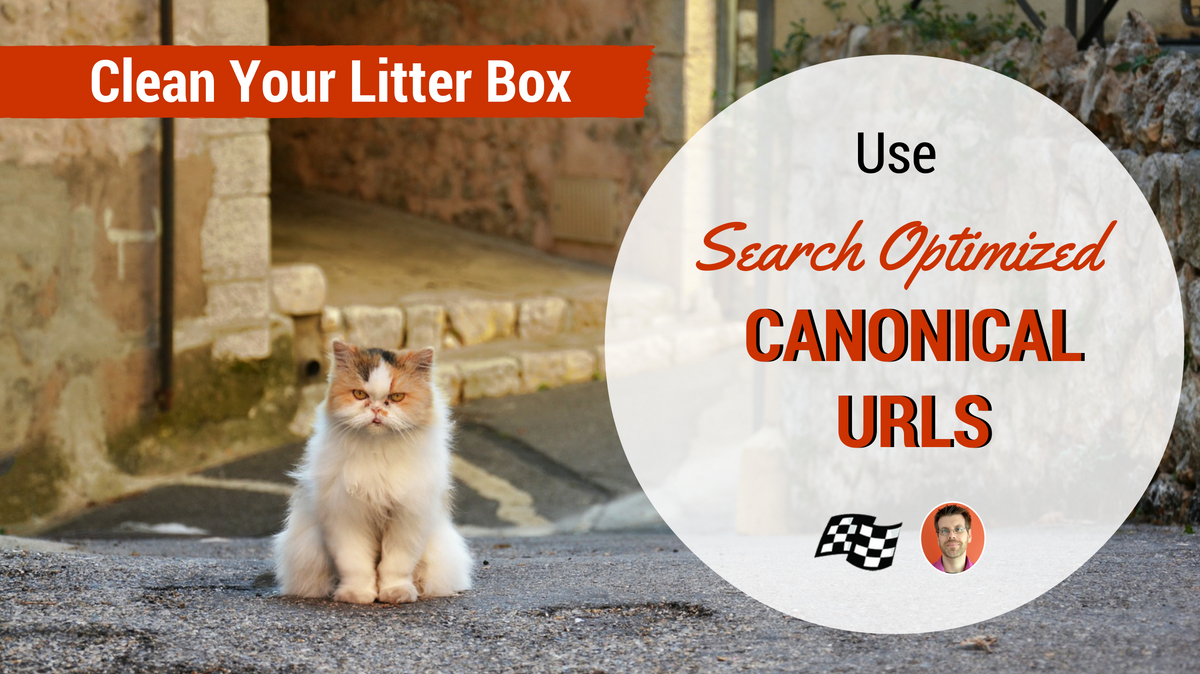
Before you can go about optimizing a website, typically you have to go about making sure it’s search engine friendly first. After all, a keyword optimized site that doesn’t have a search engine friendly architecture is like not having an optimized site at all.
For the most part, much of making a site search engine friendly is a unique set of processes, focused on things other than optimization. But that’s not always the case, and creating canonical URLs is a good case in point.
Think of the process of creating search engine friendly URLs like a scrimmage verses the real game. Making search engine friendly URLs is great, but in the end, it just may not count the way you want.
What are Search Friendly Canonical URLs?
Let’s take a step back real quick and examine what a search engine friendly canonical URL is. All said and done, it should prevent your duplicate content from being a factor in the search engine algorithms. This is done with the appropriate usage of no-index and canonical tags.
How you implement these strategies is important, but there is one thing to remember. At the end of the day, you still have duplicate content on your site. The tags you’ve implemented just cover up the duplicate content like a cat covering up her business in a sandbox. No matter how well you hide it, it’s still there and could pose a problem down the road.
What are Search Optimized Canonical URLs?
Canonical URLs that have been optimized do more than direct search engines to the “correct” content as a canonical tag does. In fact, when optimized, there really is no need for a canonical tag at all because you’ve eliminated the duplicate content. Or to continue our analogy, you’ve emptied the litter box.
You can’t have duplicate content problems because that pile of steaming crap has been removed from the site completely.
The problem with optimized canonical URLs is that they take a lot more time to implement, especially on large ecommerce websites. But in the end, it’s worth it.
Your canonical tags may do the trick. Then again, they may not. Search engines take them under advisement, but there is no guarantee they will use them as you intend. Optimizing your canonical URLs leaves no alternatives. The search engines get what you give them and act accordingly.
So, feel free to cover up your duplicate content issues, but if you want to do it right, you need to “empty the litter box” by eliminating duplicate content completely. That’s the only way to guarantee that search engines index the proper URL.
Checklist for Optimizing URLs
- Make them readable – use real words
- Follow breadcrumb and navigational paths within the URL structure
- Implement canonical tags, especially when there is duplicate content
- Structure pages so every piece of content has only one URL
